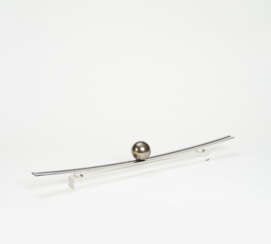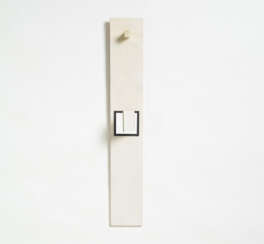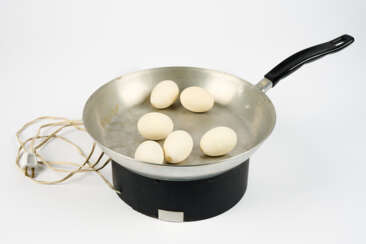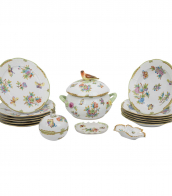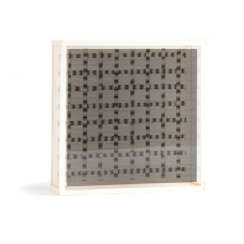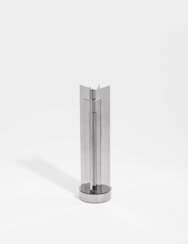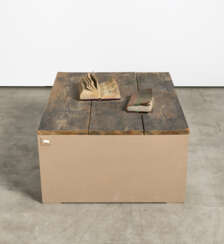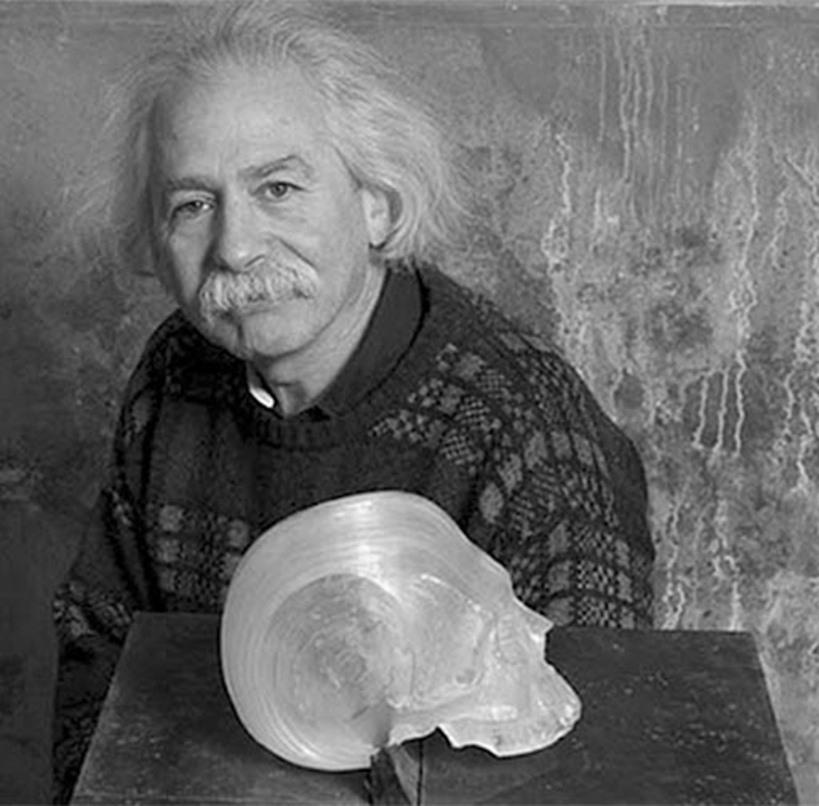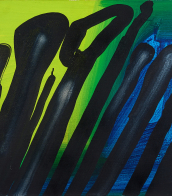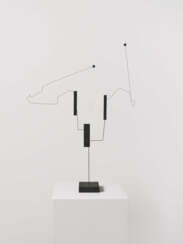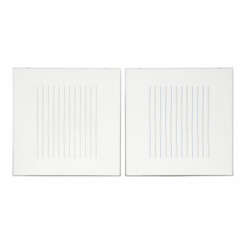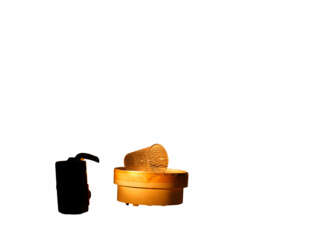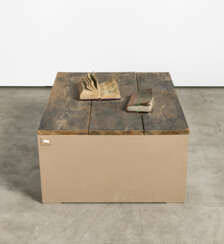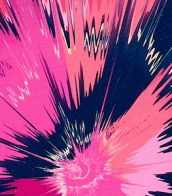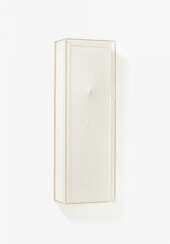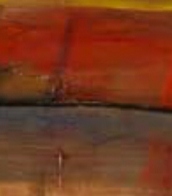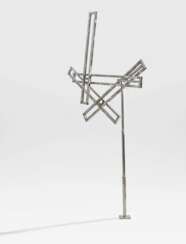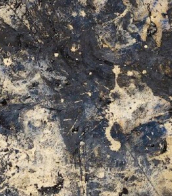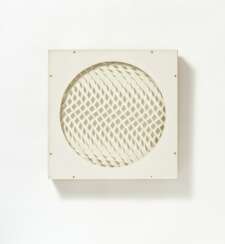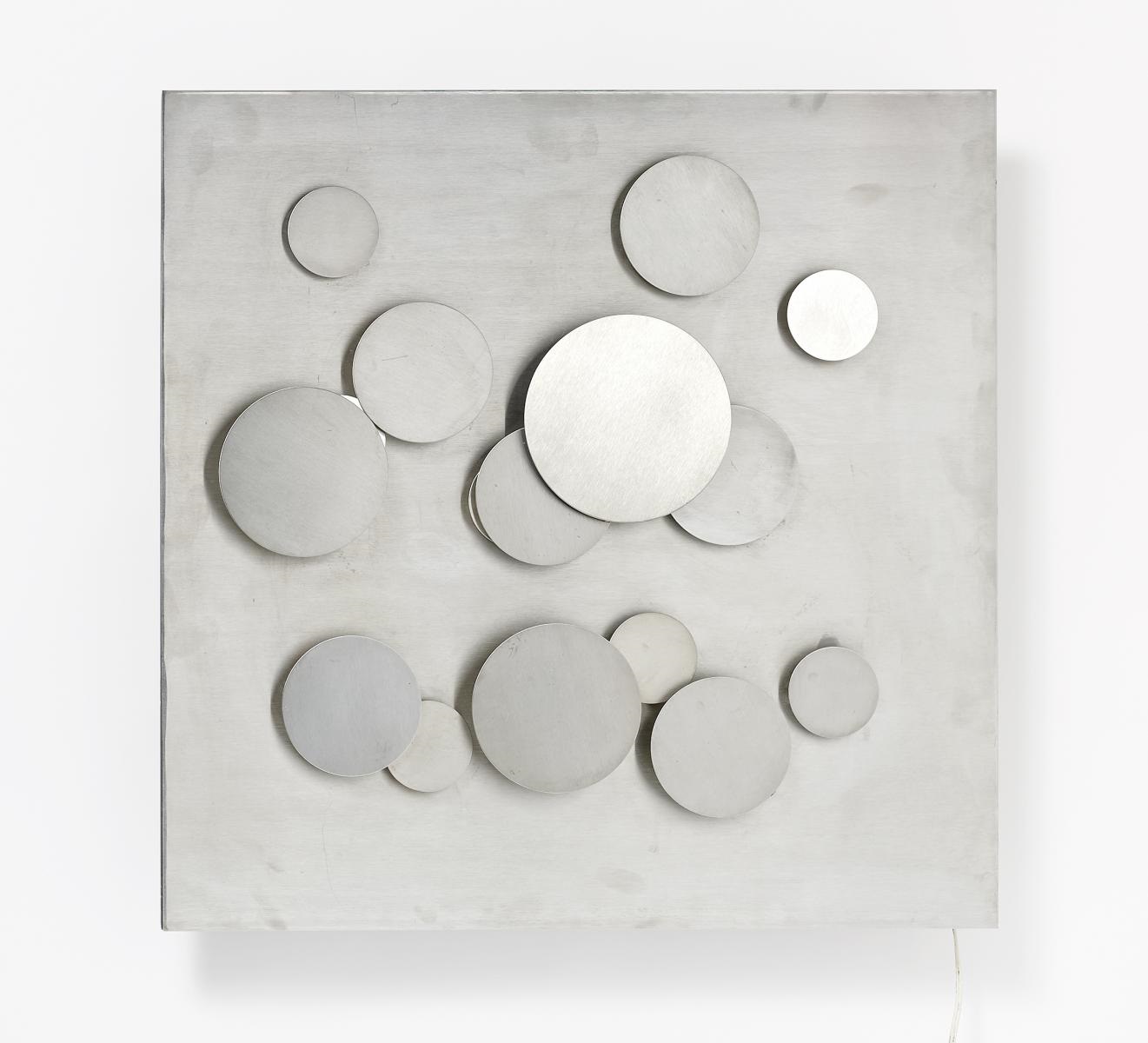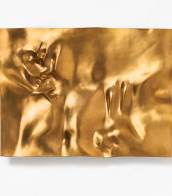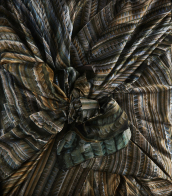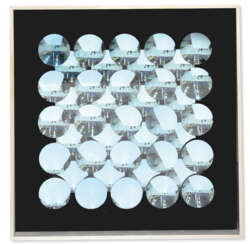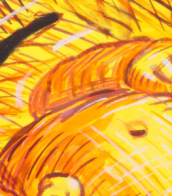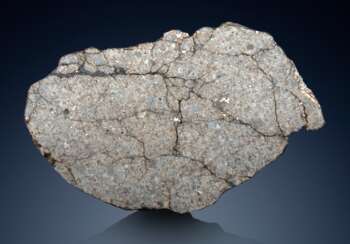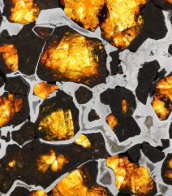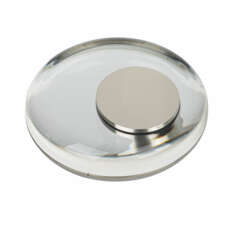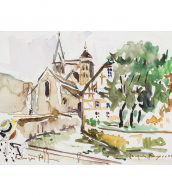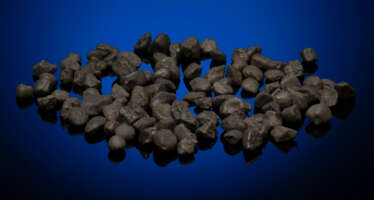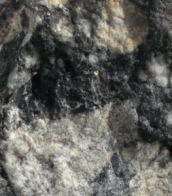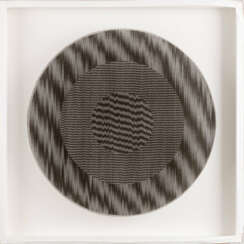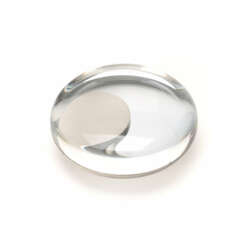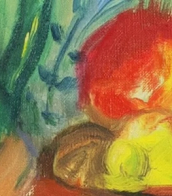kinetic object
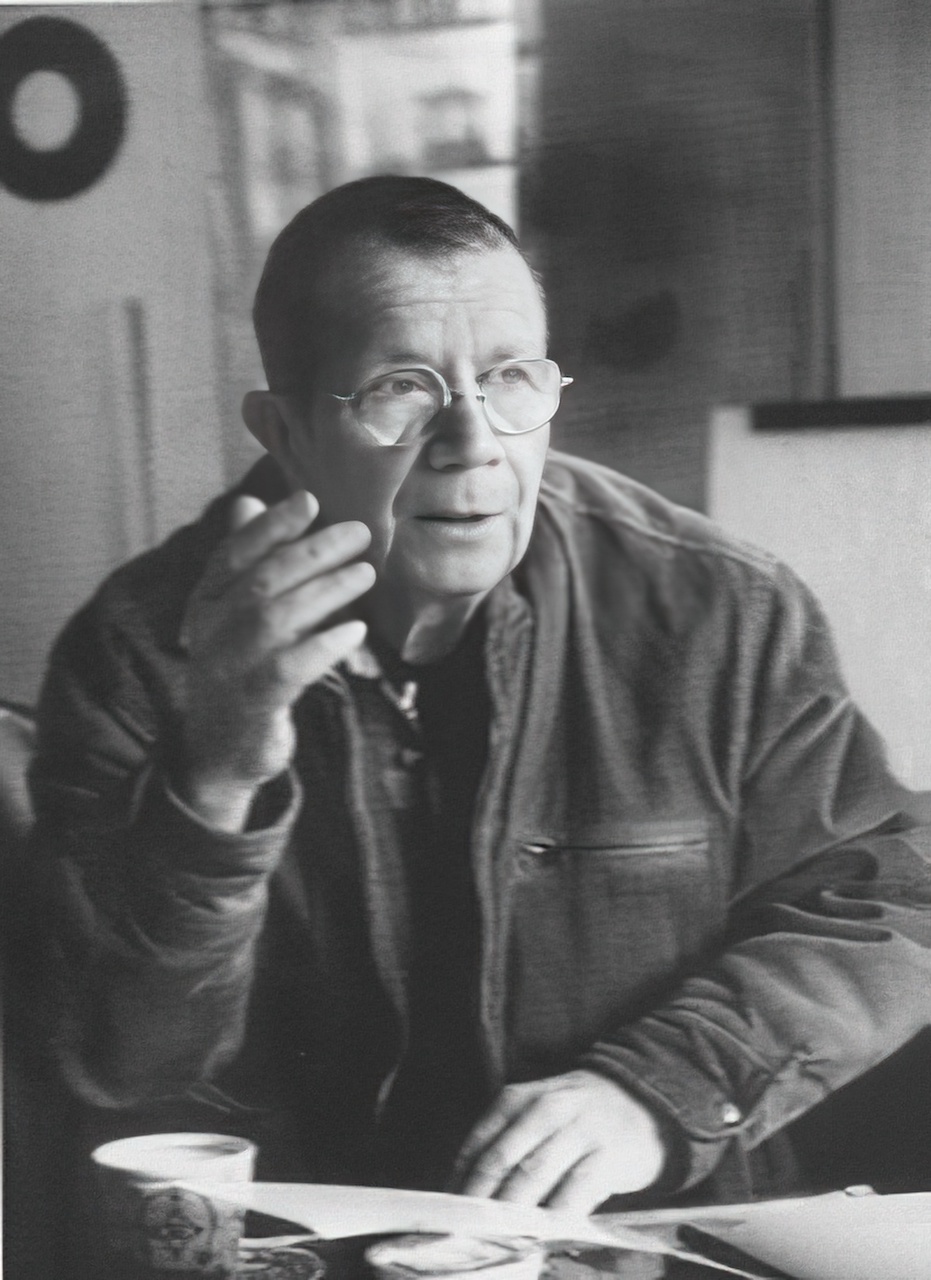
Victor Bonato, formerly Vittorio Bonato, was a German artist.
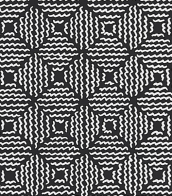
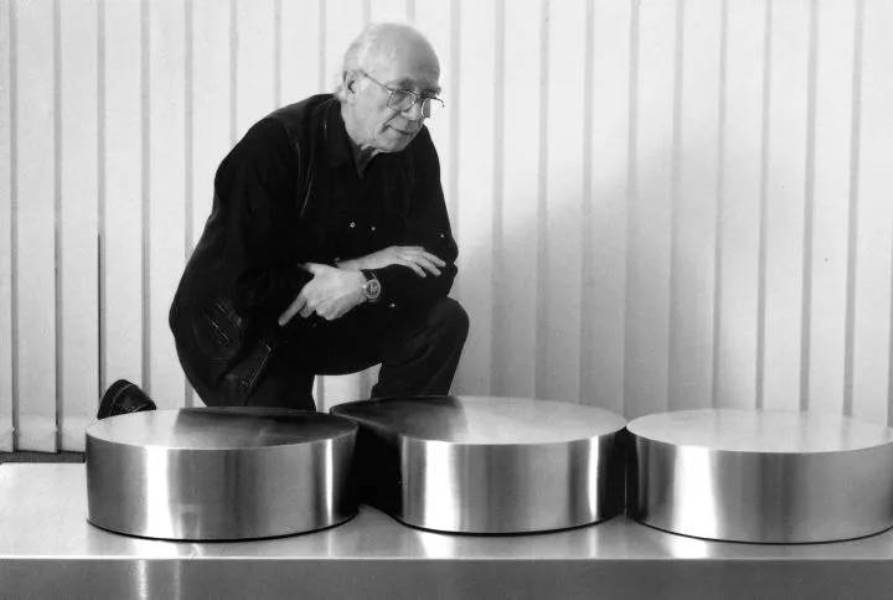
Friedrich Becker was a German artist, jeweler, and inventor of kinetic jewelry.
Friedrich Becker is one of the most influential jewelers of the second half of the twentieth century. He became known primarily for his avant-garde projects of kinetic jewelry and large kinetic objects.
Becker was interested in kinetics, the interaction of force and motion already during his apprenticeship years. He first trained as a mechanical engineer, then joined the aviation department. Only after World War II did he "make the reckless decision to become a jeweler." After training as a jeweler, he studied at the Werkkunstschule and then founded his own workshop in Düsseldorf, becoming a professor at the Düsseldorf University of Applied Sciences.
Becker experimented and supplemented various jewelry pieces with interchangeable stones and eventually developed kinetic jewelry. He was not only the inventor of kinetic jewelry, but also revolutionized the jewelry market with the introduction of stainless steel and synthetic gemstones. Each kinetic piece by Friedrich Becker is a perfect symbiosis of form, color and material.

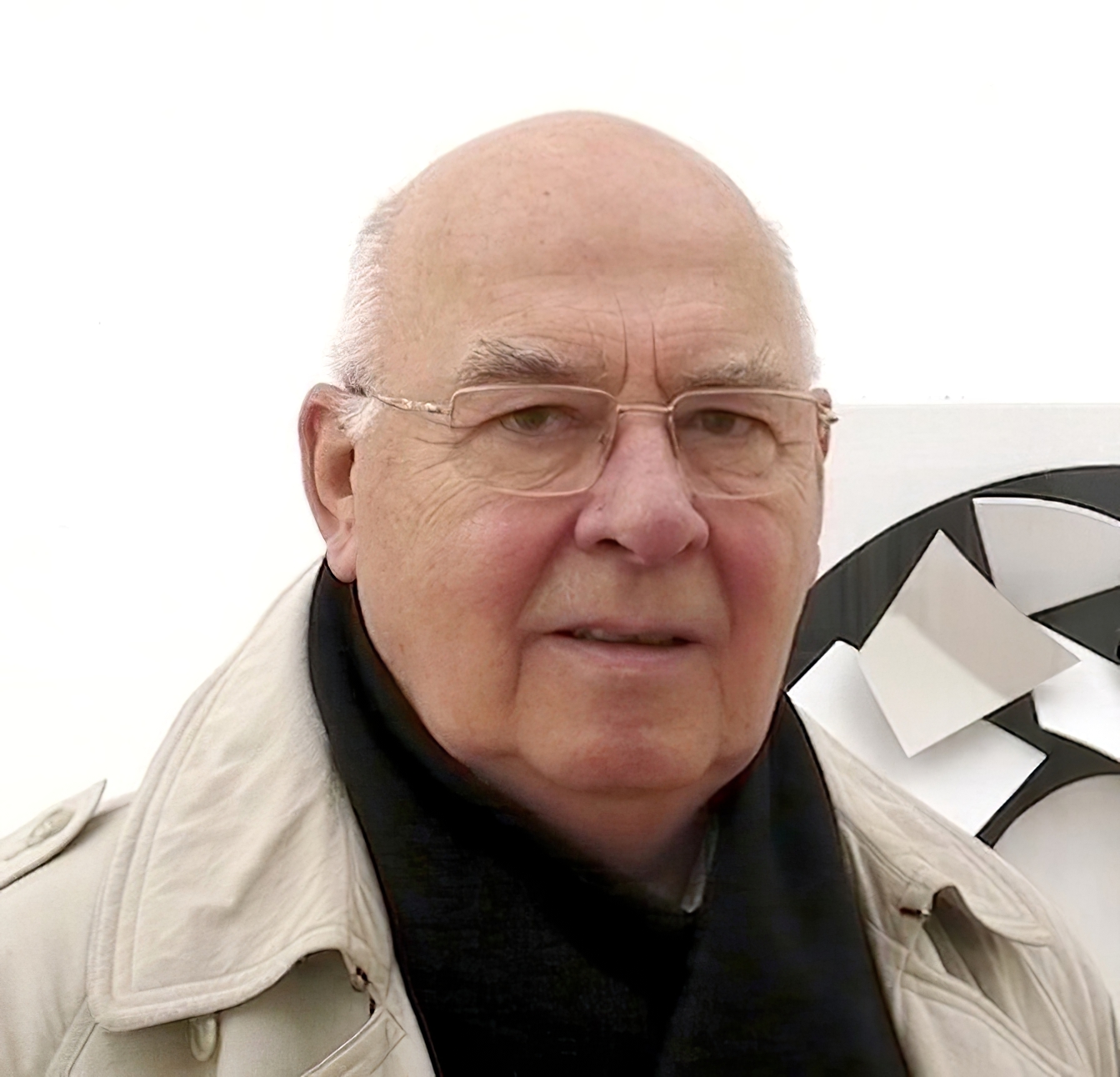
Christian Megert is a Swiss sculptor, object artist, installation and kinetic artist, known for his work with mirrors.


Pol Bury was a Belgian sculptor and artist, celebrated for integrating movement into his sculptures and pioneering the kinetic art movement. Born on April 26, 1922, Bury began as a painter in the Jeune Peintre Belge and the COBRA groups, later transitioning to sculpture. His most renowned work, the fountain-sculpture 'L'Octagon', is a highlight in San Francisco. His innovative art was acknowledged when his work was auctioned at Christie's in 2008, recognizing the unique nature of his contributions to art.
Pol Bury's creations can be found in permanent collections, like that of the Chelsea Art Museum, amongst others.
.


Pol Bury was a Belgian sculptor and artist, celebrated for integrating movement into his sculptures and pioneering the kinetic art movement. Born on April 26, 1922, Bury began as a painter in the Jeune Peintre Belge and the COBRA groups, later transitioning to sculpture. His most renowned work, the fountain-sculpture 'L'Octagon', is a highlight in San Francisco. His innovative art was acknowledged when his work was auctioned at Christie's in 2008, recognizing the unique nature of his contributions to art.
Pol Bury's creations can be found in permanent collections, like that of the Chelsea Art Museum, amongst others.
.
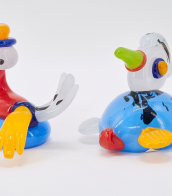
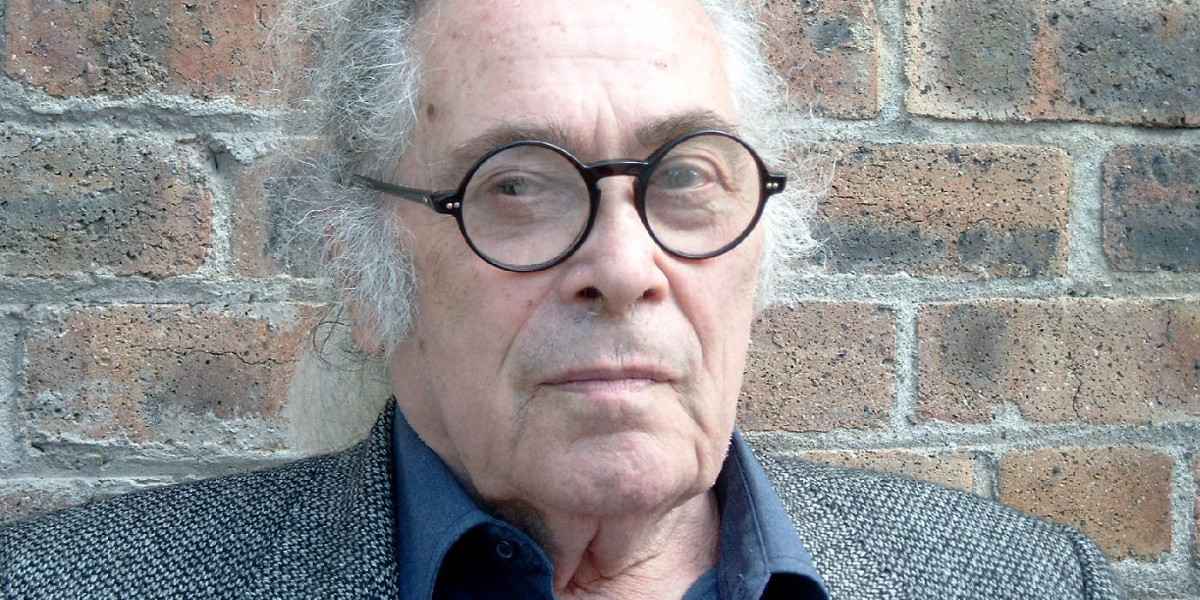
Ludwig Wilding was a German artist whose work is associated with Op art and Kinetic art.


Heinz Mack is a German artist. Together with Otto Piene he founded the ZERO movement in 1957. He exhibited works at documenta in 1964 and 1977 and he represented Germany at the 1970 Venice Biennale. He is best known for his contributions to op art, light art and kinetic art.
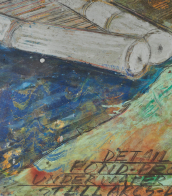
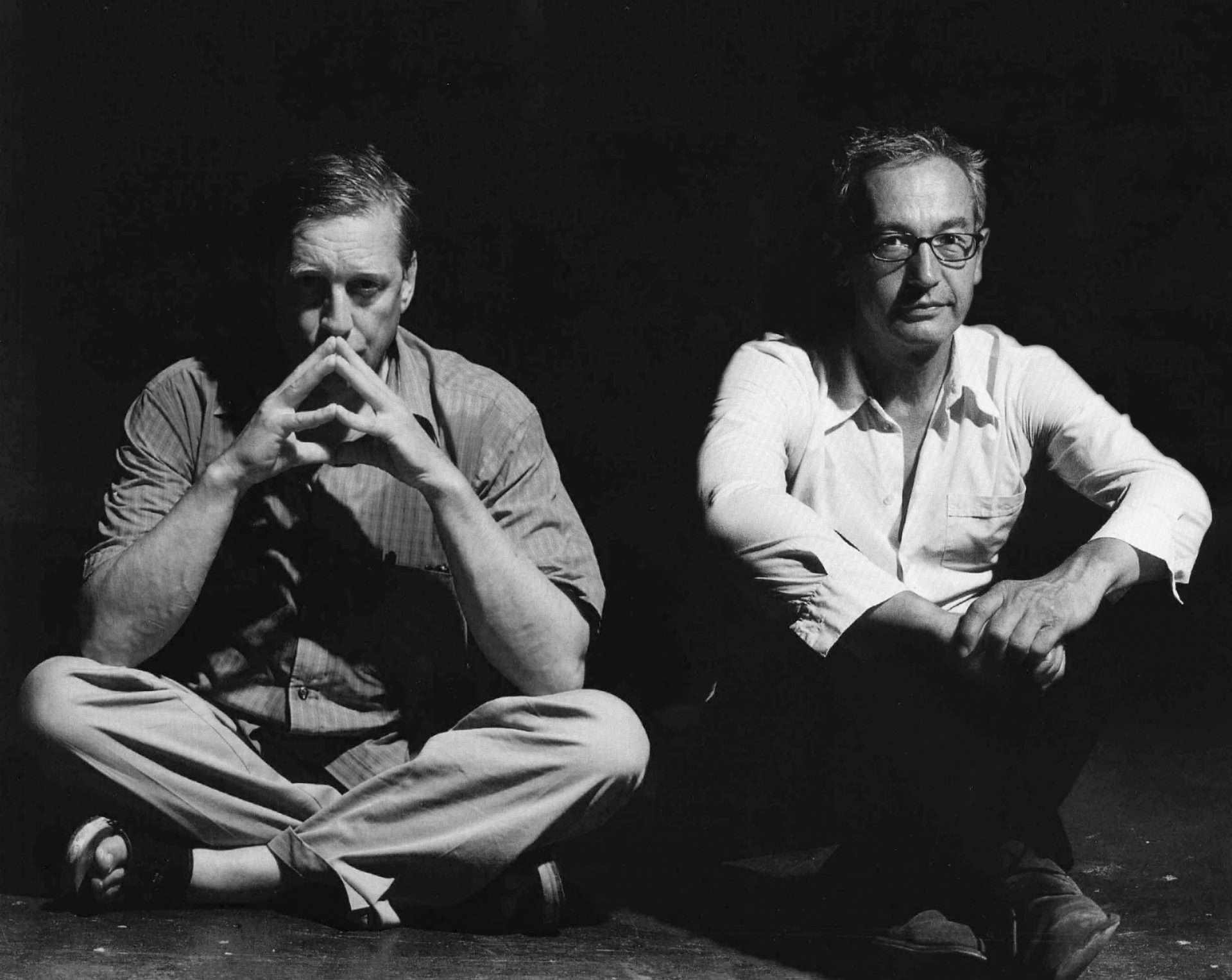
Peter Fischli and David Weiss, often shortened to Fischli/Weiss, were a Swiss artist duo that collaborated beginning in 1979. Their best-known work is the film Der Lauf der Dinge (1987), described by The Guardian as being "post apocalyptic", as it concerned chain reactions and the ways in which objects flew, crashed and exploded across the studio in which it was shot.

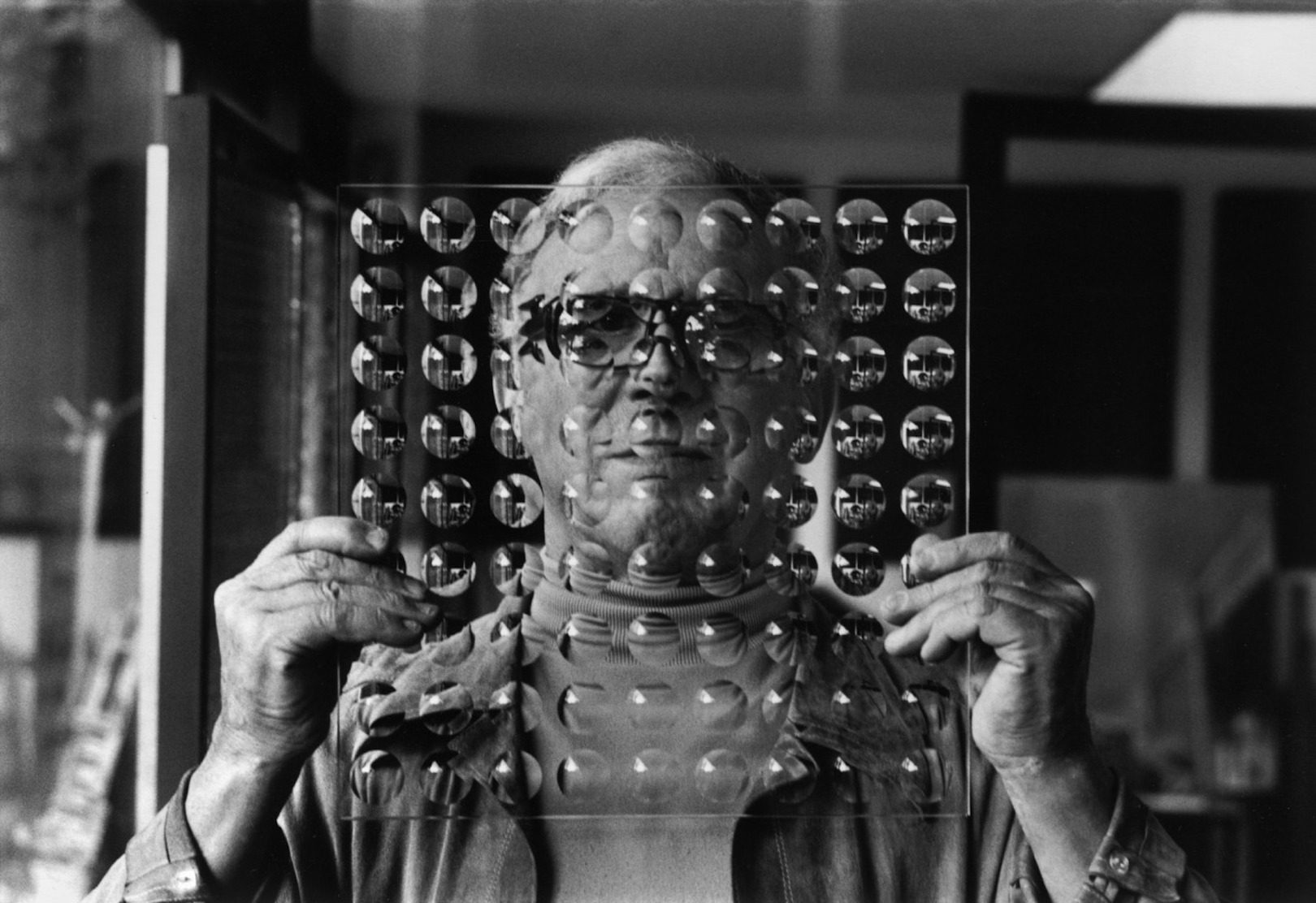



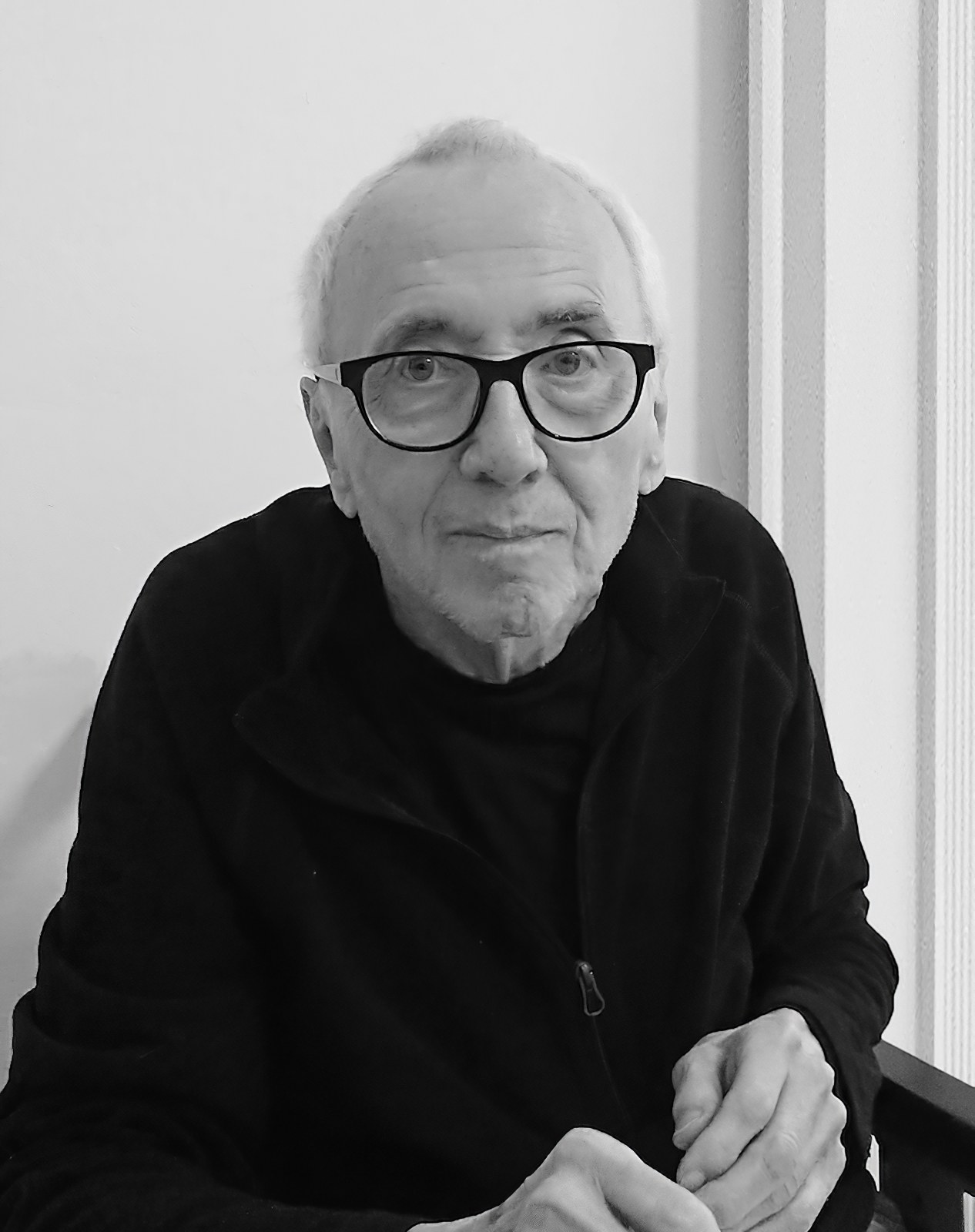
Hartmut Böhm was a German object artist.

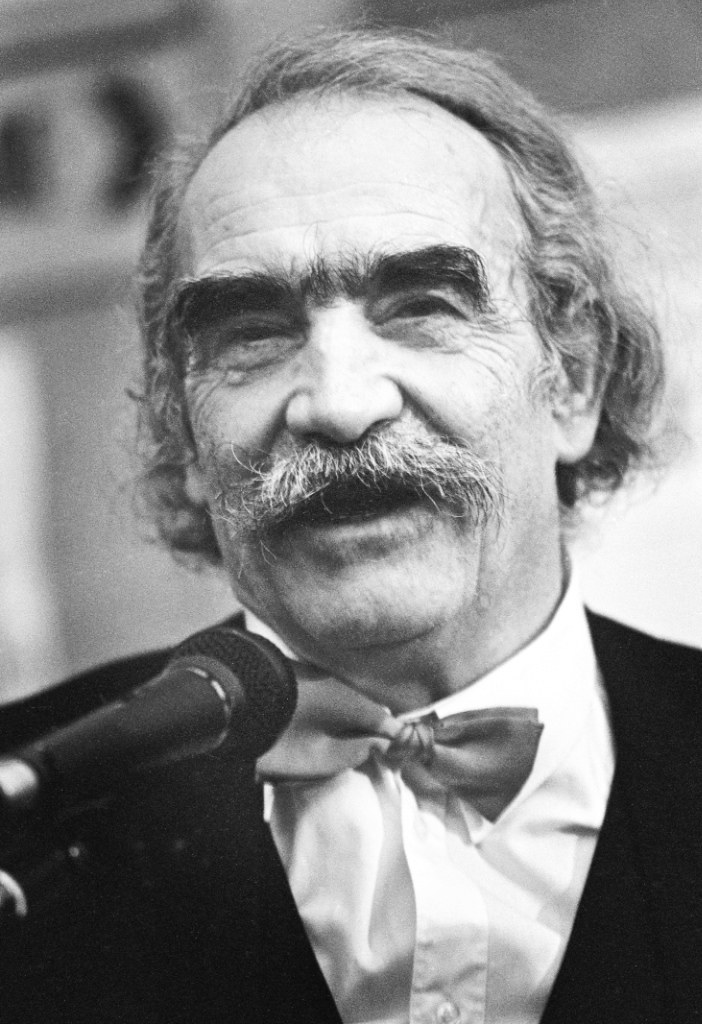
Jean Tinguely, a Swiss sculptor born in Fribourg, Switzerland, in 1925, carved a unique niche in art history with his kinetic sculptures, integrating movement and self-destruction into his works. Notably, his pieces extend the Dada tradition into the latter part of the 20th century, satirizing automation and the technological overproduction of material goods. Tinguely's innovative approach is exemplified in his Metamatic drawing machines, allowing viewers to create abstract images automatically, and his spectacular self-destroying sculpture "Homage to New York" at MoMA in 1960, showcasing his flair for blending performance and art.
His artistry evolved through collaboration with other artists, including his wife Niki de Saint Phalle, leading to vibrant, large-scale projects like the colorful "Stravinsky Fountain" near the Centre Pompidou in Paris. Tinguely's works, characterized by their use of scrap metal and mechanical parts, not only challenge the conventional boundaries of art but also engage with themes of destruction, renewal, and the intersection of art and life. His significant contributions to kinetic art and his involvement with the Nouveau Réalisme group highlight his pioneering role in post-war European art.
Tinguely's legacy is preserved in the Museum Tinguely in Basel, dedicated to his life and work, ensuring his innovative spirit continues to inspire. His works, such as "Méta-Harmonie" and the "Carnival Fountain" in Basel, remain influential, blending artistic exploration with mechanical invention.
For art collectors and experts, Tinguely's creations represent not only significant artistic achievements but also compelling investments, as his works continue to command high prices at auctions, reflecting their enduring appeal and historical importance.
To stay updated on sales and auction events featuring Jean Tinguely's art, sign up for updates. This subscription will ensure you're informed about new opportunities to explore and acquire pieces by this visionary artist, bringing the dynamic energy of kinetic art into your collection.


Ludwig Wilding was a German artist whose work is associated with Op art and Kinetic art.


Jean Tinguely, a Swiss sculptor born in Fribourg, Switzerland, in 1925, carved a unique niche in art history with his kinetic sculptures, integrating movement and self-destruction into his works. Notably, his pieces extend the Dada tradition into the latter part of the 20th century, satirizing automation and the technological overproduction of material goods. Tinguely's innovative approach is exemplified in his Metamatic drawing machines, allowing viewers to create abstract images automatically, and his spectacular self-destroying sculpture "Homage to New York" at MoMA in 1960, showcasing his flair for blending performance and art.
His artistry evolved through collaboration with other artists, including his wife Niki de Saint Phalle, leading to vibrant, large-scale projects like the colorful "Stravinsky Fountain" near the Centre Pompidou in Paris. Tinguely's works, characterized by their use of scrap metal and mechanical parts, not only challenge the conventional boundaries of art but also engage with themes of destruction, renewal, and the intersection of art and life. His significant contributions to kinetic art and his involvement with the Nouveau Réalisme group highlight his pioneering role in post-war European art.
Tinguely's legacy is preserved in the Museum Tinguely in Basel, dedicated to his life and work, ensuring his innovative spirit continues to inspire. His works, such as "Méta-Harmonie" and the "Carnival Fountain" in Basel, remain influential, blending artistic exploration with mechanical invention.
For art collectors and experts, Tinguely's creations represent not only significant artistic achievements but also compelling investments, as his works continue to command high prices at auctions, reflecting their enduring appeal and historical importance.
To stay updated on sales and auction events featuring Jean Tinguely's art, sign up for updates. This subscription will ensure you're informed about new opportunities to explore and acquire pieces by this visionary artist, bringing the dynamic energy of kinetic art into your collection.

